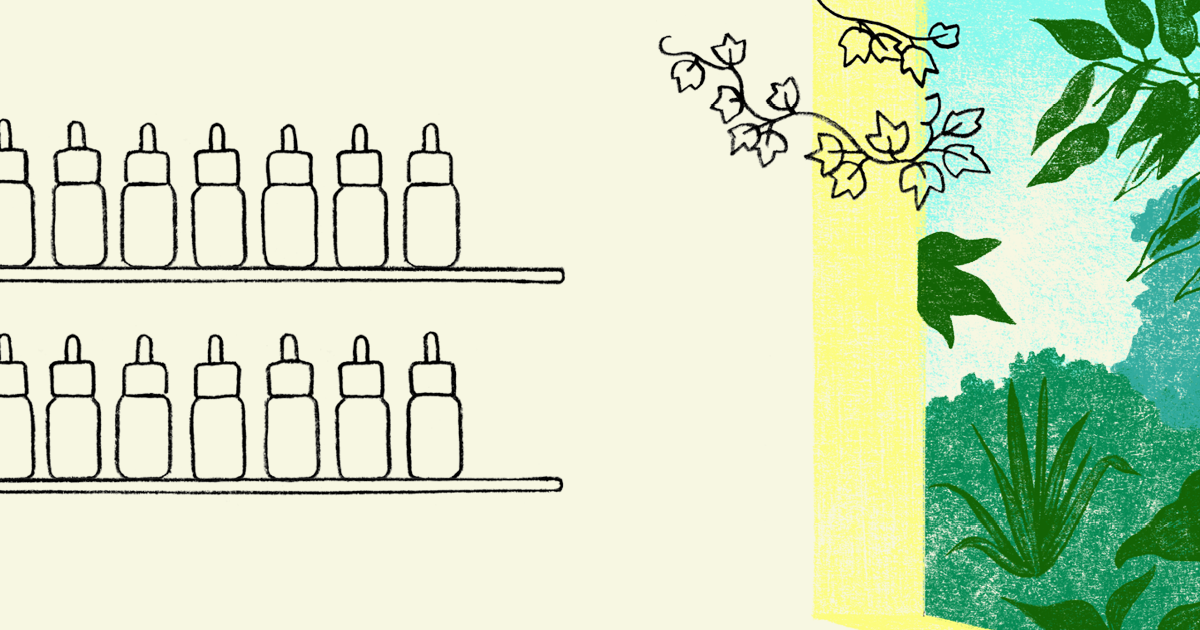Cette publication est également disponible en :
Français
We would like to share a few thoughts and ideas to conclude this special report on natural perfumery and say goodbye after two weeks spent together exploring the subject!
I believe that natural perfumery is worthy of interest and legitimate when approached with honesty, coherence, conviction and, above all, with an aesthetic vision: when the creator’s goal is to achieve a special olfactory beauty, a form that proposes something different, something profound.
Considering and promoting it only as a supposed “solution” to conventional perfumery seen as representing a “danger” or a “problem” is an attitude to be avoided, even if it is regrettably widespread, as shown by the all too numerous comments relayed unthinkingly by the mainstream media, reflecting the lack of a clear and informative discourse.
We hope that this report will have given you a more precise and informed idea on the matter, without taking sides; the goal is not to be for or against, but to assess all the parameters, to be aware of what the claims and messages of a growing number of brands correspond to, as they attempt to raise their profile by making use of what are sometimes very sweeping and often vague arguments.
The perfumers interviewed demonstrated an open-mindedness and enthusiasm to share their knowledge that prove a more informative and nuanced approach is possible. As they often pointed out, working with naturals does not mean being opposed to synthesis; it can be a personal choice, an imposed constraint, a challenge, an aesthetic exploration, and much more.
Because perfume is above all a source of pleasure, emotions and sensations. And it is yet to be proven, by a person or a scientific study, that the joy of perfume should be a guilty pleasure on the pretext that it depends on synthetic materials obtained in a laboratory instead of essential oils. Especially when the ecological, social and health impacts of these oils are sometimes difficult to grasp accurately – although ingredient suppliers are showing a new-found desire for transparency in this sphere. Initiatives to produce more virtuous, less polluting and more sustainable perfumes do exist in the industry, and so much the better when brands also adopt them.
But when faced with a few disjointed claims on an Instagram post, do you know how many single-use plastic pipettes were used to design a particular fragrance? How many sample bottles were thrown away to get to the final trial? How many kilometres the packaging and ingredients travelled to be assembled? How many litres of water were used in the production of all the distillations needed to make it?
It is not easy to consider and measure precisely and comprehensively all the economic, ecological and sociological parameters involved in making a perfume. The fact that it is composed using only raw materials from plants is but one component of something much larger, and undoubtedly insufficient to decree that one bottle is “cleaner” or more “eco-friendly” than another (especially when these overused terms are bandied around without any concrete arguments to back them up).
Before going to the cinema or surfing on Netflix, do you ask yourself if the film you are about to watch is “clean”? How much CO2 it emitted during filming? How much disposable cutlery was used by the catering team? How many sets made of non-recyclable materials were destroyed? How many litres of petrol and kerosene were used for all the journeys? How many rolls of film were made from hydrocarbons and toxic chemicals? No. Even though it is starting to become an issue, few of us question any of this because it is not applied on the skin, it is an artistic creation, not a functional product that should be as safe and sustainable as possible. In any case, it is not (yet) a selling point.
So sharpen your nose and your critical mind, don’t let yourself be fooled by messages that focus on this issue alone to the detriment of everything else: the olfactory creation, the aesthetic statement, the intention of a perfumer, guided by an art director who wants to transmit an idea, a desire, an emotion, and which will give you real pleasure. And if this creative approach is part of a manufacturing process that targets less waste, less pollution, less oil and more of a virtuous cycle, it is obviously better, because, quite simply, this is the path we must follow, no matter what the field. But it should never be the only argument or the only goal. And don’t forget that many brands, including Parfum d’empire, Anatole Lebreton, DSH Perfumes, Naomi Goodsir, Neela Vermeire and many others, have been using significant quantities of naturals for a long time without worrying too much about the cost, and without boasting about it.
You know how the saying goes: those who talk the most have the least to say!
Natural perfumers – Summary
- Introduction, by Jeanne Doré
- Hiram Green: “If people want to buy my perfumes, it should be because they like their smell“
- Caroline Dumur: “Without synthetics, you have to learn to formulate differently”
- Delphine Thierry: “To formulate 100% natural perfumes, I set aside almost everything I’ve learned so far”
- Isabelle Doyen and Camille Goutal: “For us, 100% natural is a perfumer’s challenge rather than a marketing position.”
- Serge de Oliveira: “Most clients want natural perfumes that are just like conventional fragrances”
- Irène Farmachidi: “In 100% natural perfumery, we formulate by using paraphrases, it’s like a game”
- Mandy Aftel: “Mixing a bunch of natural ingredients in a bottle does not produce a perfume”
- Our selection of natural perfumes
- The many facets of natural perfumery
- Natural perfumes: conclusion and a few thoughts








Comments